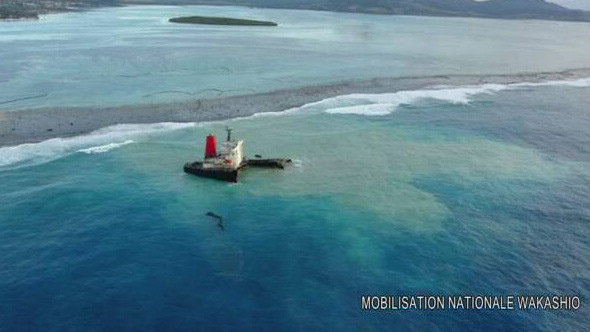Mauritius draws more than 1.3 million tourists from abroad each year with its beautiful beaches, rich nature and rare wildlife. And that tourism accounts for about 10% of the island's GDP.
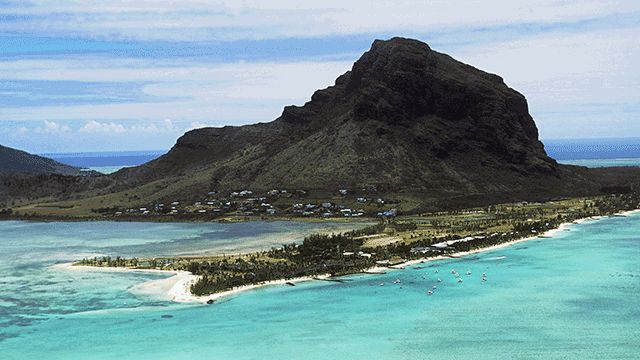
But that nature has taken a big hit as the oil seeps into the mangrove forests that are the habitats of much of the wildlife.
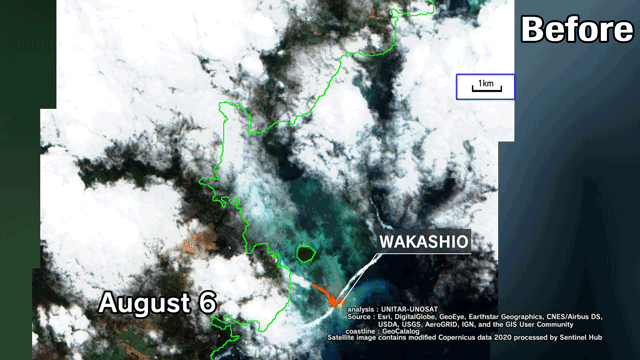
The fishing industry has been hurt, too. One local fisherman says he's hauling oil from the sea, even the sand has changed color, and the lugworms he uses as bait are contaminated now, which means he can't catch fish. That, he says, means the end of his business.
Mauritius's ports used to be bustling with people, but they're deserted now that it's not possible to catch fish. A representative of a fishing cooperative says many people have lost their jobs because of the oil spill, including some with children or aging parents.
Mauritius has declared a 'state of environmental emergency' and called for urgent assistance from the international community. France, which once colonized the island, has sent teams of experts and supplies. French President Emmanuel Macron tweeted that when biodiversity is in danger, there's an urgent need to act.
Japan has sent experts from the Environment Ministry and the National Institute for Environmental Studies.
What caused the accident?
NHK used satellite data to map the vessel's route. The Wakashio left China on July 4 and was bound for Brazil. It was taking a westerly course across the Indian Ocean after stopping at Singapore.
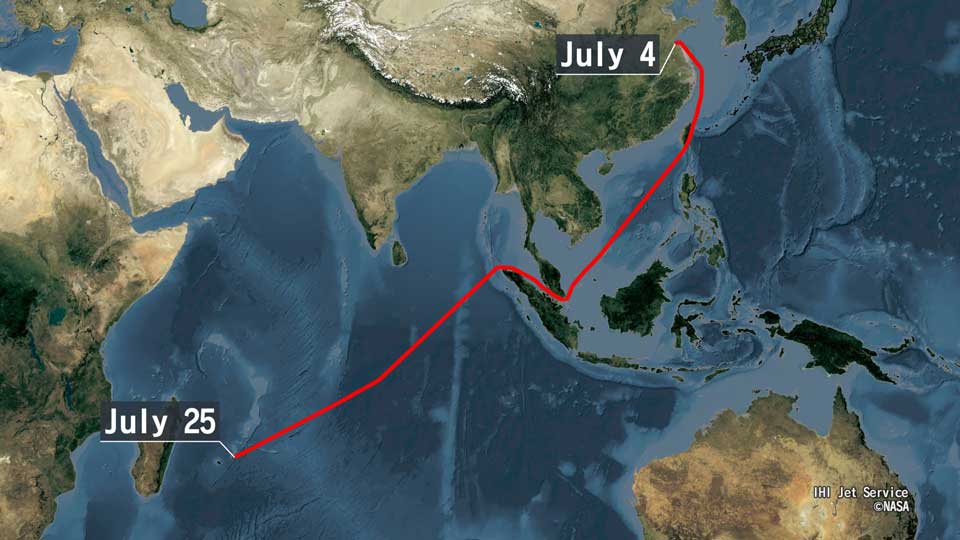
The vessel was navigating waters around two kilometers southeast of Mauritius on July 25.
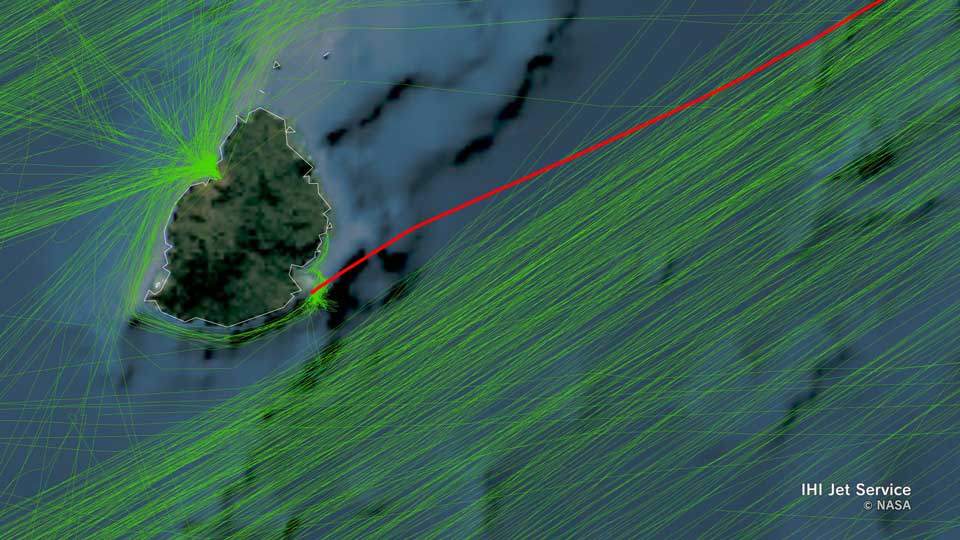
It then veered considerably off the course taken by other vessels and was about 10 miles northwest of the island when it ran aground.
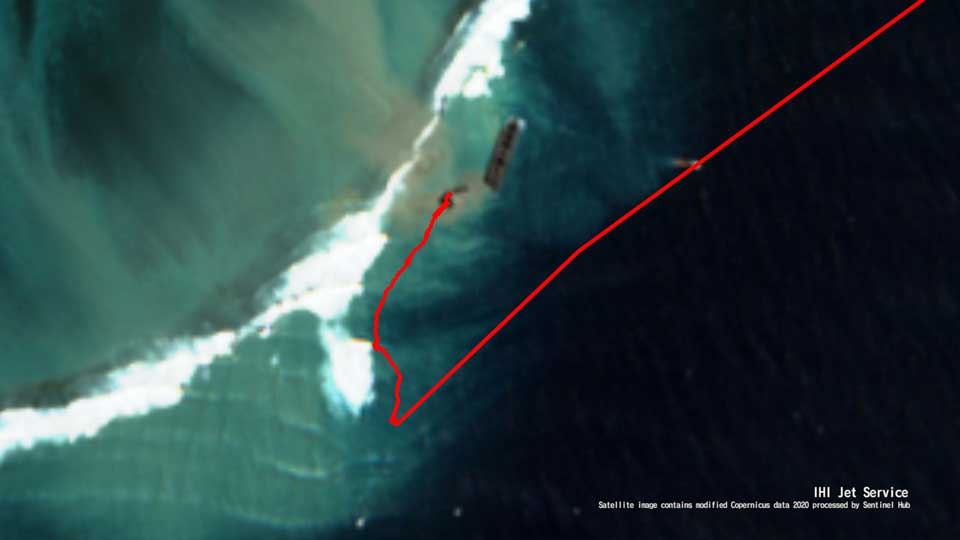
And the data show that it veered 90 degrees to the right in little over a minute.
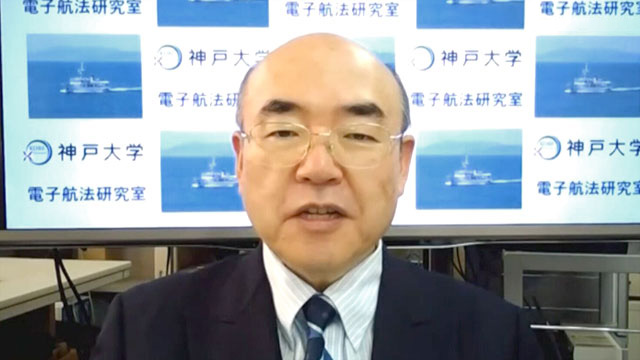
Associate professor Wakabayashi Nobukazu of Kobe University says the vessel couldn't have changed course intentionally. He says the hull must have collided with something and been pushed abruptly off course, and the collision was likely the reason the vessel ran aground. He also says the crew knew exactly where the vessel was thanks to the GPS, and it's hard to imagine that the vessel ended up in the coral reefs by mistake.
Police arrested the captain and his deputy on August 18 on suspicion of endangering safe navigation. A local police official told NHK the Wakashio was navigating in different waters from usual at the time of the incident. The coast guard attempted to contact the vessel several times, but there was no reply. The crew finally responded after the ship ran aground.
They have reportedly told investigators that a birthday party was taking place on board, and the ship was navigating close to shore to pick up an internet signal.
Decades to repair damage
The owner of the carrier is expected to pay damages for the oil leak. The vessel is owned by Nagashiki Shipping and was chartered by Mitsui O.S.K. Lines, both Japanese companies.
Ship owners are responsible for damage from oil spills under the terms of an international treaty. They usually use their insurance to pay compensation, but the extent of the coverage depends on the vessel's tonnage.
The insurer in this case, Japan P&I Club, says the cap on payments for the Wakashio is estimated to be about $17.7 million.
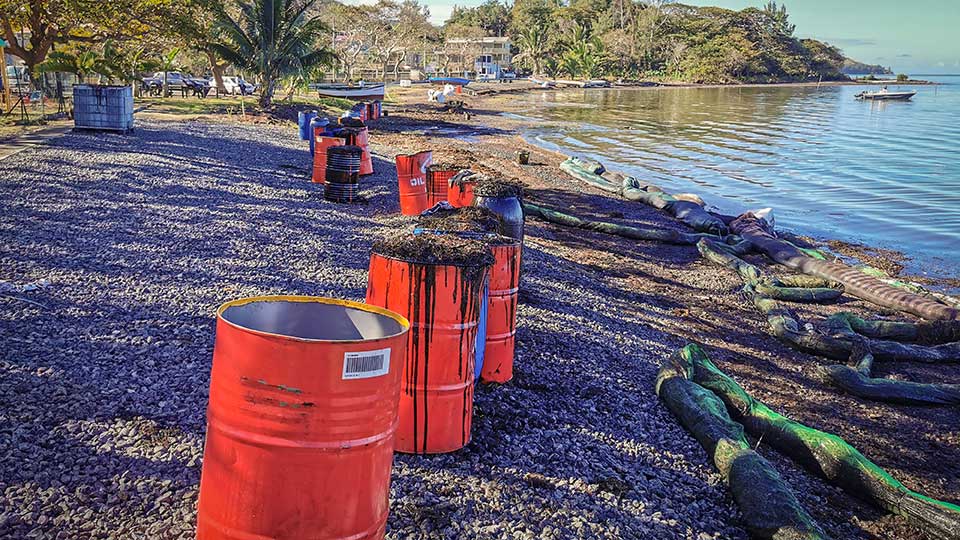
The cleanup work is already underway, but a Mauritian conservationist says it may take decades to repair the damage.
The ship split in two in mid-August, causing more oil to ooze out. Mauritian authorities towed the forward section about 10 kilometers out to sea and sank it. The stern remains where it ran aground. The authorities are planning to resume pumping out the remaining fuel before breaking the ship down. They say it's likely to take months.
Nagashiki Shipping released a statement apologizing to the people of Mauritius and saying it intends to take steps for compensation based on the relevant laws.
